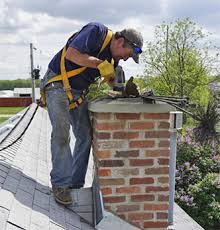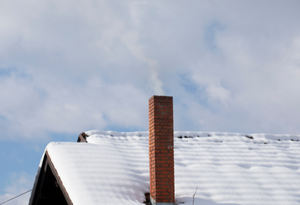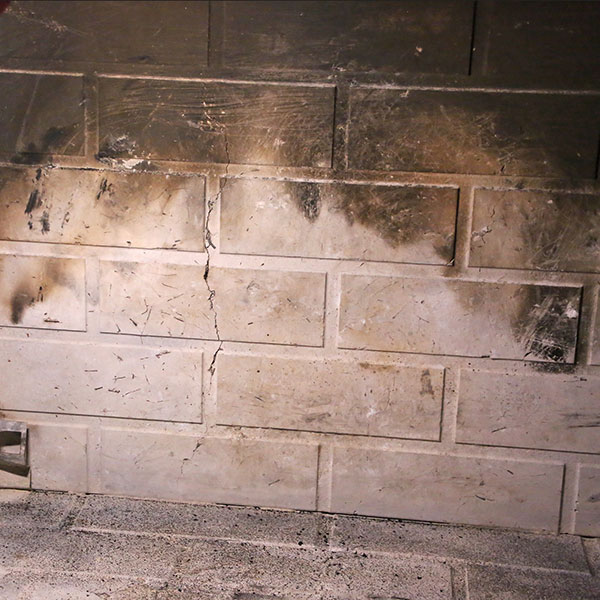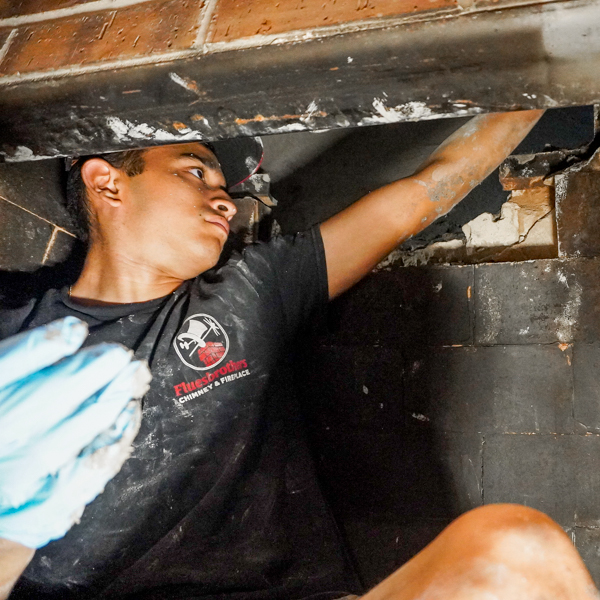What are the Best Chimney Care Practices?
During the colder months, there are a couple of things that homeowners like to do such as sitting in front of the fireplace for warmth in the evening. It is good to have a wood-burning or gas fireplace in any home, but there are a couple of things you must not do to ensure that your fireplace and chimney can be used.
You need to hire the right chimney cleaning services because you want a safe home. Taking care of your chimney fireplace is not just about hiring a chimney sweep company when needed, but there are small things you can do on your own. Before the colder months, you should follow the tips mentioned here:
Dust Your Fireplace
You can lessen the professional chimney care visits by cleaning the inside of your fireplace on a regular basis. There are big soot and ash build-ups that become the main cause of chimney problems, but dusting it regularly prevents it from forming in your fireplace. The frequency of dusting depends on how much you use your fireplace. If you do that every day, you should try cleaning up weekly. If you will only light it up once weekly, you can do the cleaning session monthly.
Make sure that your fireplace already cooled down by giving at least 36 hours before you start the cleaning process. After that, lay down a tarp in order to gather all the debris and wear heavy-duty gloves, then use a shovel to scrape all the ashes from the base and put it in a metal bucket.
Leave Some Ash
Even if it is recommended that you remove ash from the firebox, it is a good idea to leave at least an inch of ash inside. By doing this, the coal coming from the fresh fires is going to retain more heat. After you scoop the rest, you should be very careful in setting them outside: ashes remain hot even long after the fire has been put out.
Test the Damper
Your damper must easily close and open. If the damper is stuck or difficult to open and close could be a sign of rust, which indicates there is moisture. This can be a sign of issues that require inspection.
Depending on the damper you have, you might want to visually check the fireplace damper if you can see it easily closing and opening. Are you able to feel or hear air when you close the damper? This is an indication that the seal works improperly. If the damper refuses to close properly, it can become warped or there is debris that prevents it from properly closing.
Watch Out for Brick Cracks
Cracked brick mortar leads to water damage and leaks, so it is more costly and time-consuming to fix, especially if you wait longer to do that. Generally, it is great to recruit a chimney sweep expert for something like this since you need special tools and equipment that you are unable to use.
Look for Evidence Indicating Moisture or Water Damage
Check if there is any moisture or water damage because that is important in fireplace maintenance. You might hear water dripping, without seeing any water. There is a musty smell that comes from the fireplace, which indicates mold or mildew, and it indicates unnecessary moisture. Other signs are cracks in the masonry or water stains in the firebox. You should inspect for water damage after heavy rain. Address any signs of damages right away.
Contact chimney inspection Ellicott City to get the best cleaning service to maintain your fireplace, especially during the colder months.
The post Blog first appeared on First Class Chimney Services.
This post first appeared on https://www.firstclasschimneyservices.com

 HERE ARE OUR TOP 8 SIGNS THAT YOUR CHIMNEY NEEDS TO BE CLEANED:
HERE ARE OUR TOP 8 SIGNS THAT YOUR CHIMNEY NEEDS TO BE CLEANED: Consider Providing Makeup Air to Your Home
Consider Providing Makeup Air to Your Home
 Masonry deterioration
Masonry deterioration A leaning chimney is a cause for concern
A leaning chimney is a cause for concern
 Creosote build-up in the flue
Creosote build-up in the flue Gas fireplace specific issues
Gas fireplace specific issues
 Causes of Firebox Cracks & Damage
Causes of Firebox Cracks & Damage